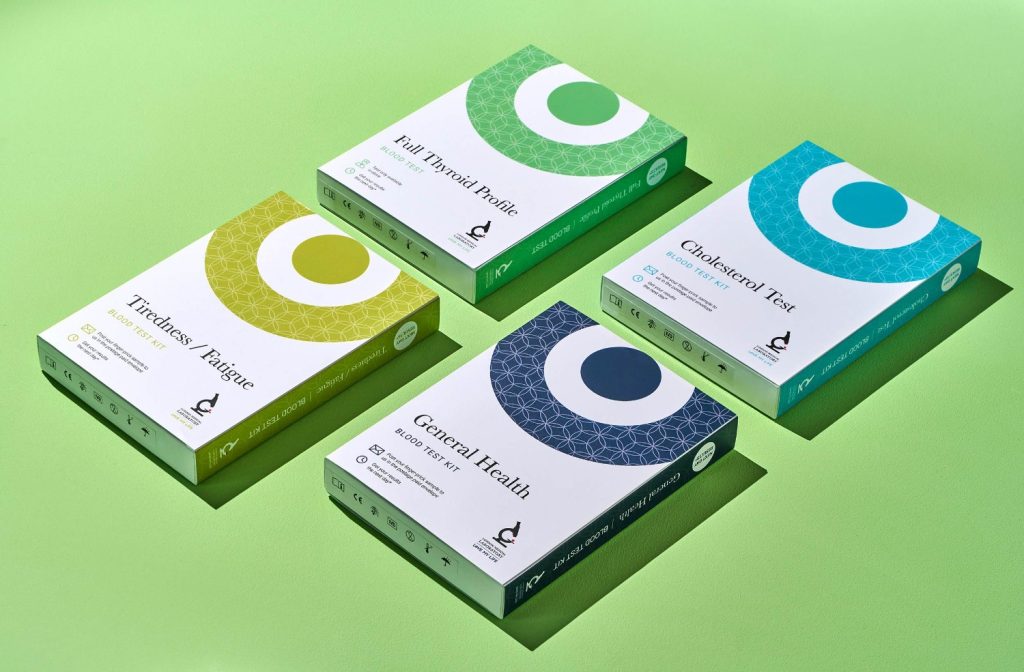Levels of LDL (low-density lipoprotein), commonly known as “bad” cholesterol, have been found to spike by 20% following Christmas, according to new research. The increase in cholesterol levels during the festive period has raised concerns about the heightened risk of prediabetes and type 2 diabetes, a condition that is rapidly affecting millions in the UK.
Dr. Avinash Hari Narayanan, Clinical Lead at London Medical Laboratory, explained that the surge in LDL cholesterol is linked to indulgent holiday eating, with high-fat foods like cakes, cheese, and creamy desserts contributing to the rise. He warned that a significant jump in LDL cholesterol can lead to a variety of serious health conditions, including heart disease, strokes, and diabetes.
“Research has shown that our LDL cholesterol levels can increase by as much as 20% in the weeks following Christmas,” Dr. Narayanan said. “This spike is concerning because high cholesterol can cause arteries to become blocked, leading to coronary heart disease or stroke. Additionally, high LDL levels are now understood to increase the likelihood of developing type 2 diabetes or becoming prediabetic.”
The research, originally conducted by Danish scientists at Copenhagen University Hospital, found that post-Christmas cholesterol levels were six times higher than normal. However, the good news is that these levels tend to be temporary. With the right diet and exercise, cholesterol can return to normal in the new year.
With over 5.1 million adults in the UK currently classified as prediabetic, the post-Christmas spike in LDL cholesterol could exacerbate the issue. Prediabetes often presents no symptoms, making it difficult for individuals to detect, and if left untreated, can progress into type 2 diabetes.
A staggering 1 million adults in the UK are living with undiagnosed type 2 diabetes, and roughly 30% of those with the condition are unaware of their diagnosis. Type 2 diabetes is a leading cause of premature death, disability, and significant healthcare costs, with complications including blindness, amputations, and cardiovascular disease.
“The earlier we diagnose diabetes, the better the outcomes for patients,” Dr. Narayanan said. “Swift intervention is key to preventing the progression of the disease, which is why regular monitoring is so important. It is particularly concerning that prediabetes, which often has no symptoms, is so widespread.”
To combat this hidden threat, London Medical Laboratory has launched its “Give the Finger to Diabetes” campaign, offering a simple finger-prick blood test to detect diabetes and prediabetes. The test measures average blood glucose levels over the past two to three months, providing valuable insights into an individual’s risk.
Dr. Narayanan urged people to take proactive steps, particularly in the aftermath of Christmas indulgence. “Cutting back on fatty foods and adopting healthier habits in the new year is essential to reducing cholesterol and preventing the onset of diabetes.”
London Medical Laboratory’s HbA1c “Diabetes – Diagnosis and Monitoring” test is available both online and in over 120 pharmacies across the country. For more information on the test and how to check your cholesterol levels, visit the London Medical Laboratory website.


